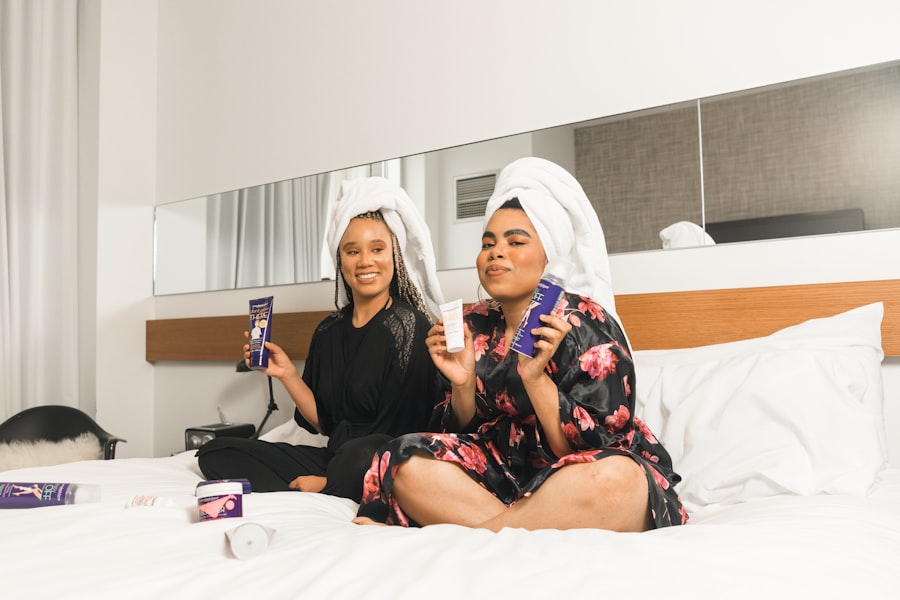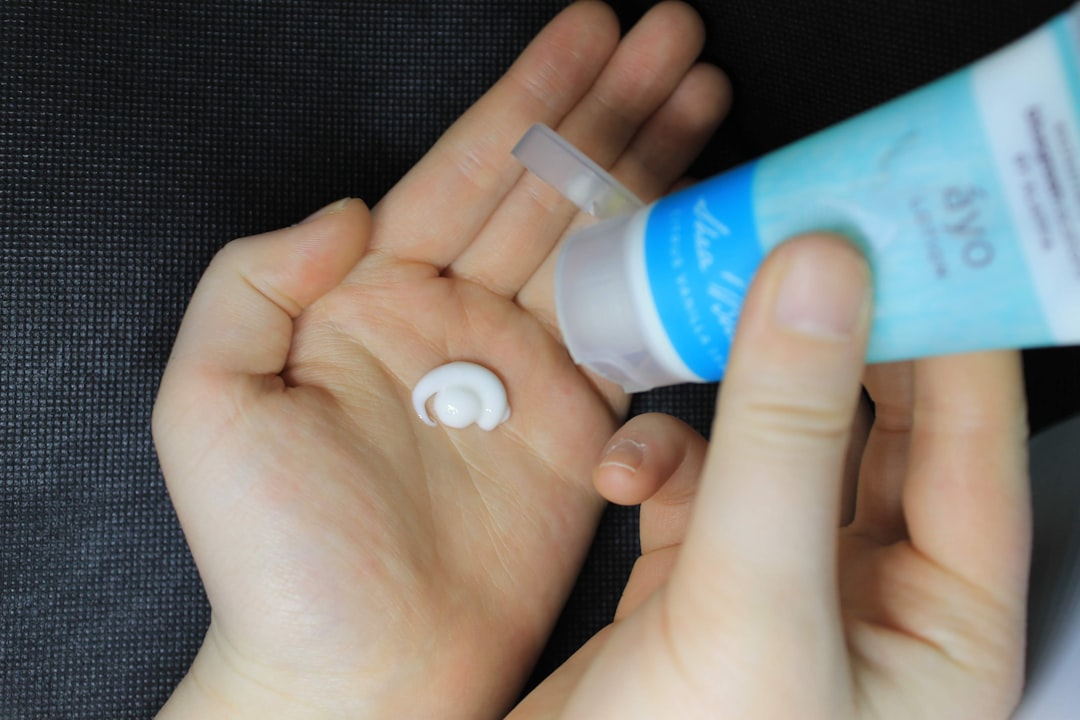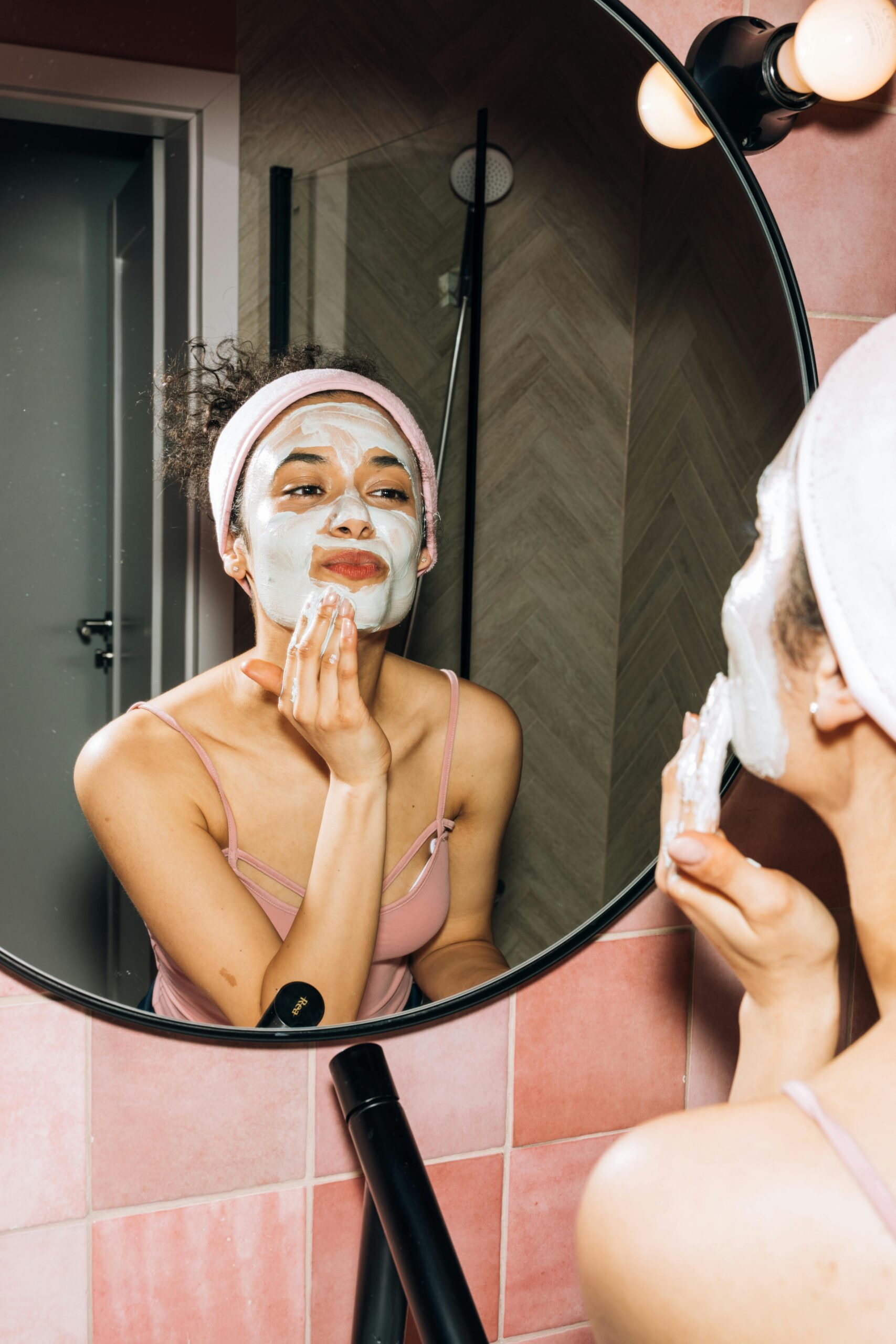Facial redness can be caused by a variety of factors, including genetics, environmental triggers, and underlying health conditions. One common cause of facial redness is rosacea, a chronic skin condition that affects millions of people worldwide. Rosacea is characterized by redness, flushing, and visible blood vessels on the face, and it can be triggered by factors such as sun exposure, hot or spicy foods, alcohol, and stress. Another common cause of facial redness is sensitive skin, which can react to harsh skincare products, weather changes, and other environmental factors. Additionally, certain skin conditions such as eczema and psoriasis can also cause redness and inflammation on the face. It’s important to understand the specific causes of your facial redness in order to effectively manage and treat it.
Furthermore, facial redness can also be exacerbated by lifestyle factors such as smoking, excessive alcohol consumption, and a poor diet. Smoking and alcohol can both dilate blood vessels and increase blood flow to the skin, leading to redness and flushing. A diet high in spicy foods, caffeine, and processed sugars can also trigger inflammation and redness in the skin. Additionally, stress and lack of sleep can contribute to facial redness by increasing levels of cortisol, a stress hormone that can dilate blood vessels and lead to flushing. Understanding the causes of facial redness is crucial in developing an effective skincare regimen and treatment plan to manage and reduce redness on the face.
Summary
- Facial redness can be caused by various factors such as genetics, sun exposure, and skin conditions like rosacea.
- A gentle skincare regimen with non-irritating products and sunscreen is essential for redness-prone skin.
- Professional treatments like laser therapy and chemical peels can help reduce facial redness.
- Lifestyle changes such as managing stress and avoiding triggers like spicy foods can help reduce facial redness.
- Use green-tinted primers and mineral makeup to conceal facial redness effectively.
Skincare Regimen for Redness-Prone Skin
When it comes to managing facial redness, a gentle and soothing skincare regimen is essential. Start by using a mild, non-abrasive cleanser that is free from harsh chemicals and fragrances. Look for products that are specifically formulated for sensitive or redness-prone skin, and avoid using hot water, which can further irritate the skin. After cleansing, apply a gentle moisturizer that is designed to calm and soothe redness. Look for ingredients such as aloe vera, chamomile, and green tea extract, which have anti-inflammatory properties and can help reduce redness and irritation.
In addition to a gentle cleanser and moisturizer, it’s important to incorporate a daily sunscreen into your skincare routine. Sun exposure is a common trigger for facial redness, so using a broad-spectrum sunscreen with an SPF of 30 or higher can help protect the skin from UV rays and reduce the risk of flare-ups. When choosing skincare products for redness-prone skin, it’s important to avoid harsh exfoliants, alcohol-based toners, and products with artificial fragrances or dyes, as these can further irritate the skin. Instead, opt for products that are specifically formulated for sensitive skin and designed to calm and soothe redness.
Professional Treatments for Facial Redness
In addition to a gentle skincare regimen, there are several professional treatments that can help reduce facial redness and improve the overall appearance of the skin. One popular treatment for facial redness is laser therapy, which uses targeted light energy to reduce redness and visible blood vessels on the face. Laser therapy can be effective for treating conditions such as rosacea and can help improve the overall tone and texture of the skin. Another professional treatment option for facial redness is intense pulsed light (IPL) therapy, which uses broad-spectrum light to target redness and pigmentation in the skin. IPL therapy can help reduce redness and improve the appearance of sun-damaged skin.
Additionally, professional chemical peels can help exfoliate the skin and reduce redness and inflammation. Chemical peels use a combination of acids to remove dead skin cells and stimulate cell turnover, which can help improve the overall tone and texture of the skin. For more severe cases of facial redness, dermatologists may also recommend prescription-strength topical treatments such as corticosteroids or immunomodulators to help reduce inflammation and redness. It’s important to consult with a dermatologist or skincare professional to determine the best professional treatment options for your specific concerns.
Lifestyle Changes to Reduce Facial Redness
In addition to a gentle skincare regimen and professional treatments, making lifestyle changes can also help reduce facial redness and improve the overall health of the skin. One important lifestyle change is to avoid triggers that can exacerbate redness, such as hot or spicy foods, alcohol, and caffeine. These common triggers can dilate blood vessels and lead to flushing and redness in the skin. Additionally, quitting smoking can also help reduce facial redness, as smoking can constrict blood vessels and decrease oxygen flow to the skin.
Furthermore, managing stress through relaxation techniques such as yoga, meditation, or deep breathing exercises can help reduce cortisol levels and prevent stress-related flushing. Getting an adequate amount of sleep each night is also important for maintaining healthy skin and reducing inflammation. Aim for 7-9 hours of quality sleep each night to support overall skin health. Lastly, incorporating regular exercise into your routine can help improve circulation and reduce inflammation in the skin. Making these lifestyle changes can help reduce facial redness and improve the overall health and appearance of the skin.
Makeup Tips for Concealing Facial Redness
For those with facial redness, using makeup to conceal redness can be an effective way to boost confidence and achieve a more even complexion. Start by applying a green-tinted primer or color-correcting concealer to neutralize redness before applying foundation. Green cancels out red on the color wheel, so using a green-tinted product can help counteract the appearance of redness on the skin. After applying a color-correcting product, choose a foundation that provides buildable coverage and has a natural finish. Look for foundations that are specifically formulated for sensitive or redness-prone skin to avoid further irritation.
When applying makeup to conceal facial redness, it’s important to use gentle application techniques to avoid further irritating the skin. Use a damp makeup sponge or a soft brush to blend products into the skin gently, avoiding harsh rubbing or tugging. Additionally, opt for powder products that are free from talc and other potential irritants to set makeup without exacerbating redness. Lastly, choose makeup products that are free from artificial fragrances, dyes, and other potential irritants to avoid further aggravating sensitive skin. By following these makeup tips, you can effectively conceal facial redness while maintaining the health and integrity of your skin.
Dietary Recommendations for Reducing Facial Redness

In addition to skincare regimens and professional treatments, making dietary changes can also help reduce facial redness and improve overall skin health. Start by incorporating anti-inflammatory foods into your diet, such as fatty fish, leafy greens, berries, and nuts. These foods are rich in omega-3 fatty acids, antioxidants, and vitamins that can help reduce inflammation in the body and promote healthy skin. Additionally, drinking plenty of water throughout the day can help keep the skin hydrated and reduce the appearance of redness.
Furthermore, it’s important to avoid foods that can trigger inflammation and exacerbate facial redness, such as spicy foods, alcohol, caffeine, and processed sugars. These common triggers can dilate blood vessels and lead to flushing in the skin. Instead, opt for a balanced diet that includes plenty of fruits, vegetables, whole grains, lean proteins, and healthy fats to support overall skin health. Making these dietary changes can help reduce facial redness and improve the overall appearance of the skin from the inside out.
Choosing the Right Products for Redness-Prone Skin
When it comes to choosing skincare products for redness-prone skin, it’s important to look for gentle and soothing formulations that are free from potential irritants. Start by using a mild cleanser that is free from harsh chemicals and fragrances to avoid further irritating the skin. Look for products that are specifically formulated for sensitive or redness-prone skin, with ingredients such as aloe vera, chamomile, and green tea extract that have anti-inflammatory properties.
In addition to a gentle cleanser, it’s important to use a moisturizer that is designed to calm and soothe redness in the skin. Look for products that contain ingredients such as ceramides, hyaluronic acid, and niacinamide to help strengthen the skin barrier and reduce inflammation. When choosing skincare products for redness-prone skin, it’s important to avoid harsh exfoliants, alcohol-based toners, and products with artificial fragrances or dyes that can further irritate the skin. Instead, opt for products that are specifically formulated for sensitive skin and designed to calm and soothe redness while supporting overall skin health.
In conclusion, managing facial redness requires a comprehensive approach that includes understanding the causes of redness, implementing a gentle skincare regimen, considering professional treatments when necessary, making lifestyle changes to reduce triggers for redness, using makeup effectively to conceal redness when desired, making dietary changes that support healthy skin from within, and choosing the right products for sensitive or redness-prone skin. By addressing all these aspects of managing facial redness, individuals can effectively reduce redness on their face while promoting overall skin health and confidence in their appearance.
Certainly! Here’s the paragraph with the related article included as an tag:
If you’re looking for the best treatment for facial redness, you may also be interested in learning about the role of antioxidants in skincare. Antioxidants play a crucial role in protecting the skin from environmental damage and can help reduce redness and inflammation. To delve deeper into this topic, check out this insightful article on the role of antioxidants in skincare. Understanding how antioxidants can benefit your skin may provide valuable insights into managing facial redness effectively.
FAQs
What causes facial redness?
Facial redness can be caused by a variety of factors, including rosacea, sunburn, allergies, eczema, and sensitive skin. It can also be a result of certain medications, spicy foods, alcohol consumption, and hot or cold weather.
What are the best treatments for facial redness?
The best treatments for facial redness depend on the underlying cause. However, some common treatments include topical creams and gels, oral medications, laser therapy, and lifestyle changes such as avoiding triggers and using gentle skincare products.
Are there any home remedies for facial redness?
Some home remedies for facial redness include applying cold compresses, using green tea or chamomile tea bags, applying aloe vera gel, and using gentle, fragrance-free skincare products. It’s important to consult a dermatologist before trying any home remedies to ensure they are safe and effective.
Can diet and lifestyle changes help reduce facial redness?
Yes, making certain diet and lifestyle changes can help reduce facial redness. Avoiding triggers such as spicy foods, alcohol, and extreme temperatures can help, as well as incorporating anti-inflammatory foods into your diet and using gentle skincare products.
When should I see a dermatologist for facial redness?
If you are experiencing persistent or severe facial redness, it is important to see a dermatologist for a proper diagnosis and treatment plan. Additionally, if you are unsure of the cause of your facial redness or if it is accompanied by other symptoms, it is best to seek professional medical advice.




